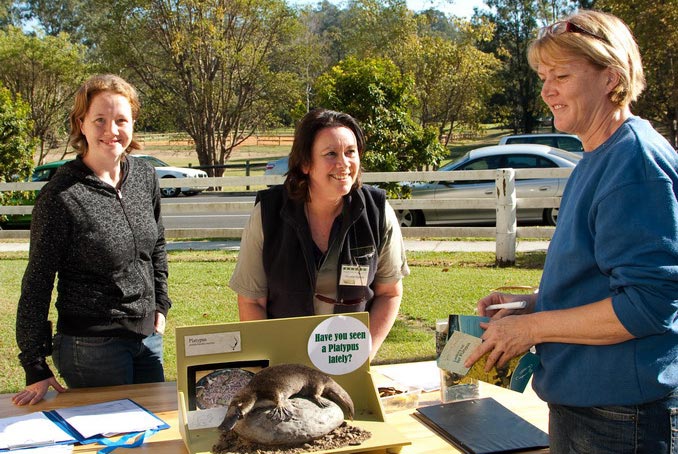Why do we care?

Queensland’s population is growing and nowhere is this more evident in south East Queensland. This puts ever-increasing pressures on our land, our natural areas, our waterways. Changes in global climate may cause more extreme events – longer and hotter summers and more extreme flooding.
In Brisbane our Catchment is unique and deserves our care. Its 57.6 square kilometres contain more bushland than any other catchment in the City. Creeks are home to platypus, turtles and native fish while a wide variety of native wildlife inhabits the remnant forests. Wonga Creek, Gold Creek, Gap Creek, and McKay Brook flow into Moggill Creek which joins the Brisbane River at Rafting Ground Park, thence into Moreton Bay. However, the biodiversity within the catchment is severely threatened by inappropriate land management practices, past and present.
As residents we enjoy its unique natural environment that greatly adds to our quality of life. We are concerned that without active and practical community support, the natural biodiversity will be endangered by weed infestations and inappropriate land management. As residents, we have a capacity in conjunction with land managers, including all levels of government, to restore the natural environment as much as possible and leave a positive legacy for future generations.

